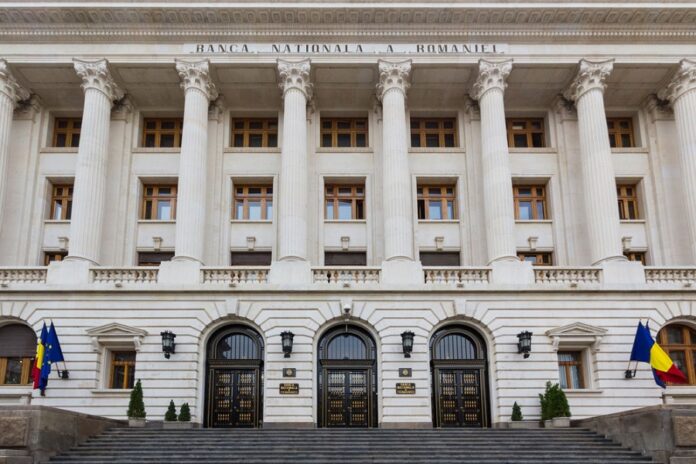Romania’s central bank held borrowing costs steady as policymakers seek clear evidence that slowing inflation is on course to hit their target, according to Bloomberg.
The central bank kept the benchmark interest rate at 7% on Tuesday, matching the estimates of all economists in a Bloomberg survey. Rate setters held fire as inflation fell below the central bank’s rate — and an expected burst in tax-driven inflation last month is viewed as temporary.
Inflation will continue its drop after January, “although at a slower pace compared to 2023 and to the earlier forecast,” the National Bank of Romania said in a statement. Governor Mugur Isarescu is expected to give more detailed policy guidance when he presents an updated inflation forecast on Thursday.
Board member Cristian Popa said in January that the central bank needs two to three months before it starts talking about rate cuts because of the fiscal impact at the start of the year.
The last projection for inflation showed it will slow to 4.8% toward the end of 2024, but remain above the bank’s target range of 1.5% to 3.5% until at least 2025.
Romania has been slower to cut interest rates compared with peers in the European Union’s east. Poland, Hungary and the Czech Republic already started lowering borrowing costs last year, although the central bank governor in Warsaw now says rates will stay unchanged until the end of 2024.
Romania’s government is struggling to contain a budget deficit, which is forecast to reach 5% of economic output this year. The country also faces four rounds of elections and growing demands for higher wages and pensions.
The economy probably managed to avoid a recession last year as the inflows of EU funds helped accelerate long-delayed infrastructure investments. Growth may pick up to about 3% as slower inflation helps boost consumption.


